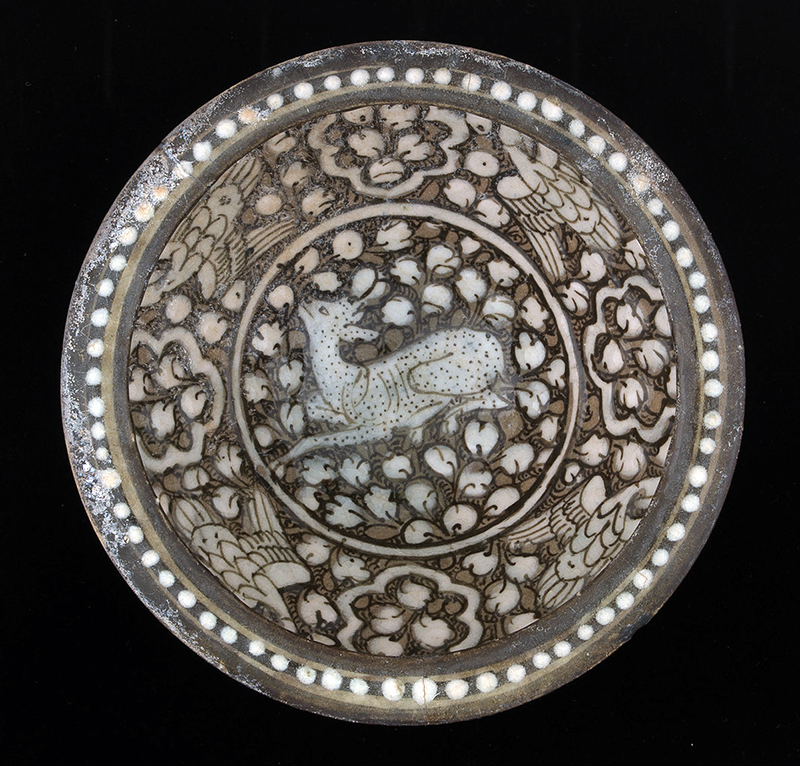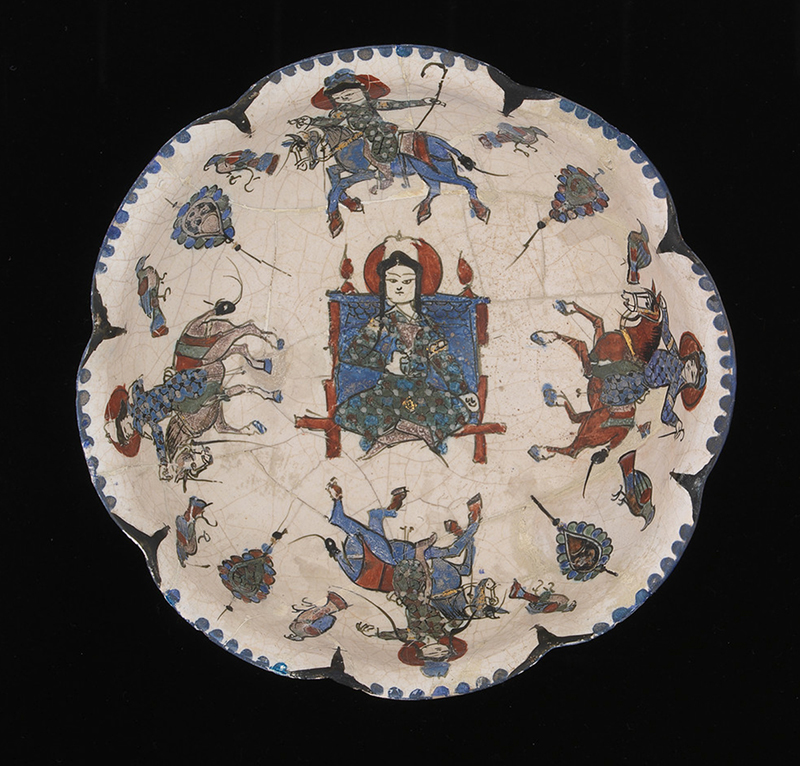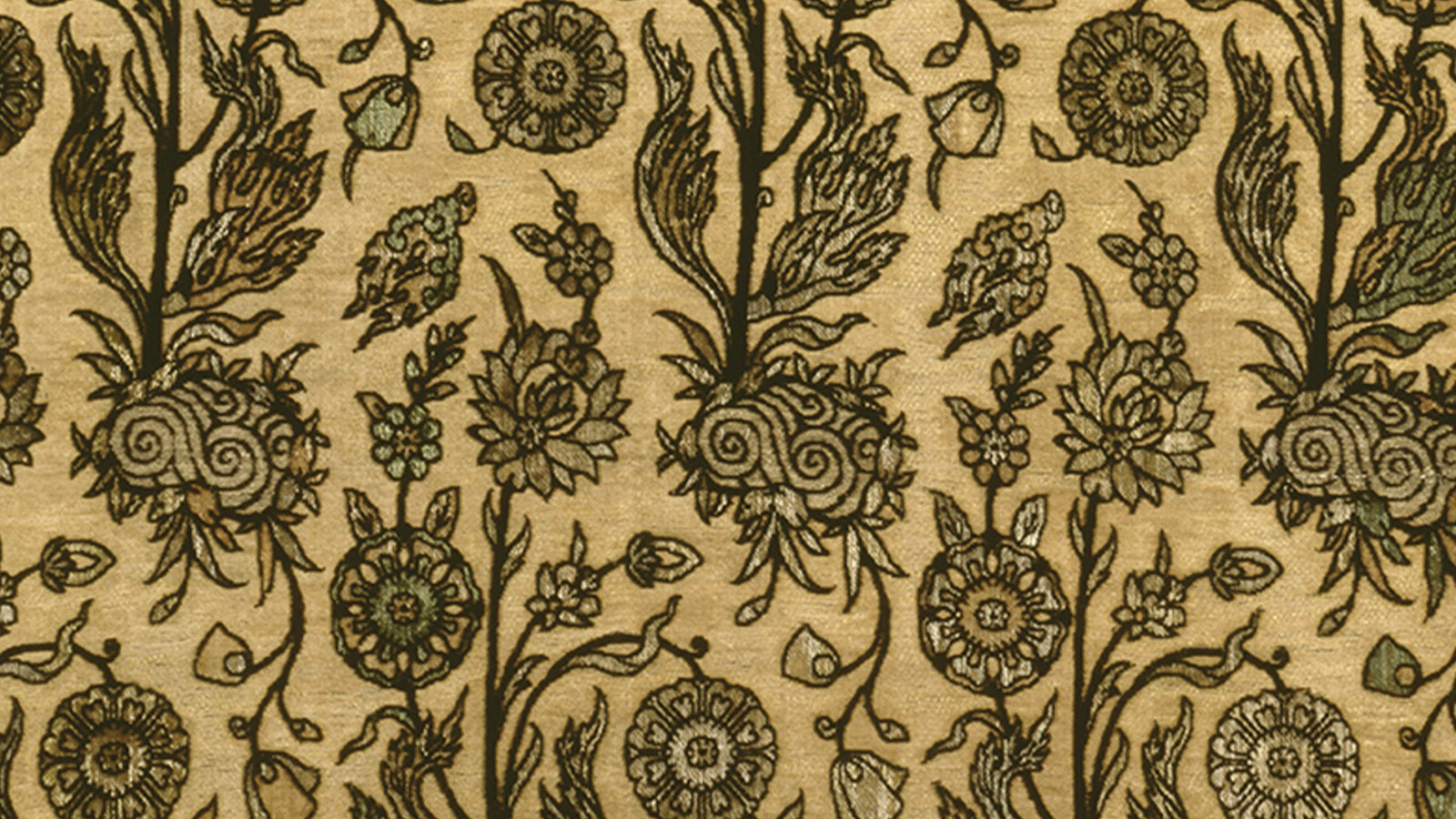Hagop Kevorkian
Of Armenian descent, Hagop Kevorkian (1872–1962) was born in the Ottoman Empire, in Kayseri, presently in Turkey. Kevorkian studied at the Robert College in Istanbul before moving to Great Britain, where he met Calouste Gulbenkian, an old schoolmate, with whom he started a business importing artworks. In 1898, however, the two men ended their partnership, for reasons unknown.
In the early 20th century, Hagop set up a business selling works in Bishopsgate, London, not far from the Gulbenkian family firm, which dealt with the importation of rugs. Carnig Kevorkian, one of his brothers, later settled in Paris, broadening the family’s commercial opportunities. At the same time, Hagop started visiting the United States, particularly New York, where he moved permanently in 1920, establishing a third shop there.
Hagop was also well known as an archaeologist, having led expeditions in Iran, which allowed him to gather a significant personal collection. The Kevorkian brothers spoke several languages and acquired countless works on their multiple trips to the Middle East, many of which – such as Ottoman textiles or ceramics – were sold to Calouste Gulbenkian and other renowned collectors and museums. Hagop and Calouste stayed in contact until the 1950s.
Kevorkian organised several ceramics exhibitions in London and, later, in New York, playing a fundamental role in the development of America’s interest in so-called ‘oriental’ artefacts. In 1929, Kevorkian bought a Mogul album of calligraphy and painting, which became known as the ‘Kevorkian Album’ and is currently split between the collections of the Metropolitan Museum of Art in New York and the Freer Gallery in Washington.


Kevorkian was also known for his donations. A gallery in the Brooklyn Museum in New York was created in the name of the collector and art dealer and exhibits various Assyrian bas-reliefs purchased with funds he provided. In 1961, the Kevorkian Foundation created the Kevorkian Chair of Iranian Studies at Columbia University and, in 1966, New York University (NYU) opened the Hagop Kevorkian Center for Near Eastern Studies, which promotes the study of the Middle East and its history and culture.
Hagop also donated objects to the University of Pennsylvania Museum of Archaeology and Anthropology and set up the Kevorkian Fund, which facilitated excavations and established research programmes in the museum.
In 2019, the Calouste Gulbenkian Foundation was the setting for the exhibition The Rise of Islamic Art. 1869–1939. One section of this exhibition focused on the role of various Armenian art dealers, including Kevorkian, in the dissemination of Middle Eastern art. It showed works purchased by Gulbenkian from Kevorkian, as well as fragments of the ‘Kevorkian Album.’
Collection of Stories
Where have the artworks been, before being acquired by Calouste Gulbenkian? Who were their authors and their protagonists? What curiosities do they hide? In this series, discover the various stories behind the Museum's collection.

